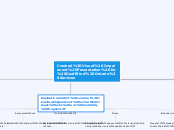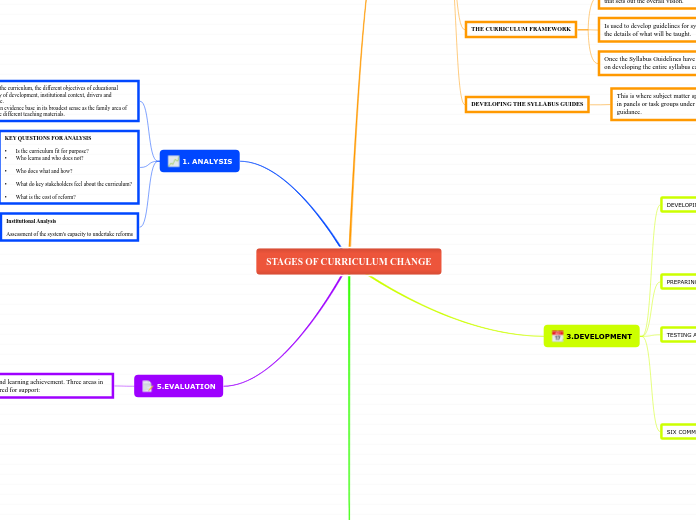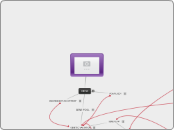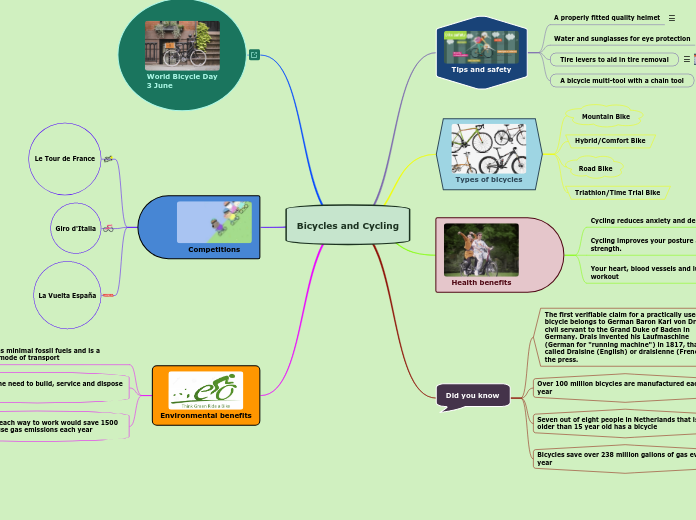по Stuart Wiseman 6 лет назад
241
DBOS Presentation
Cerebral visual impairment (CVI) involves visual processing issues stemming from the brain rather than the eyes. Unlike ocular impairments, CVI is related to brain structure and how vision is processed therein.









